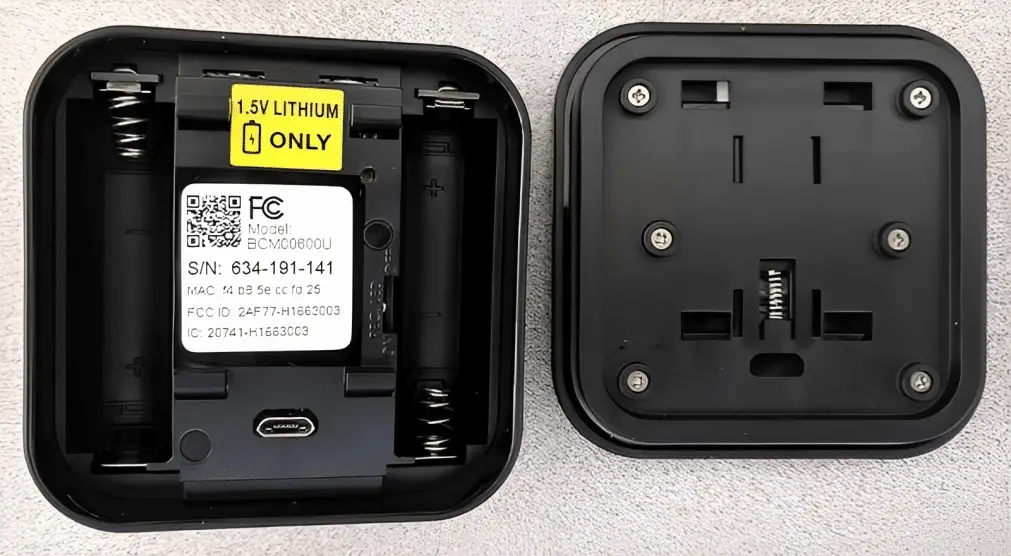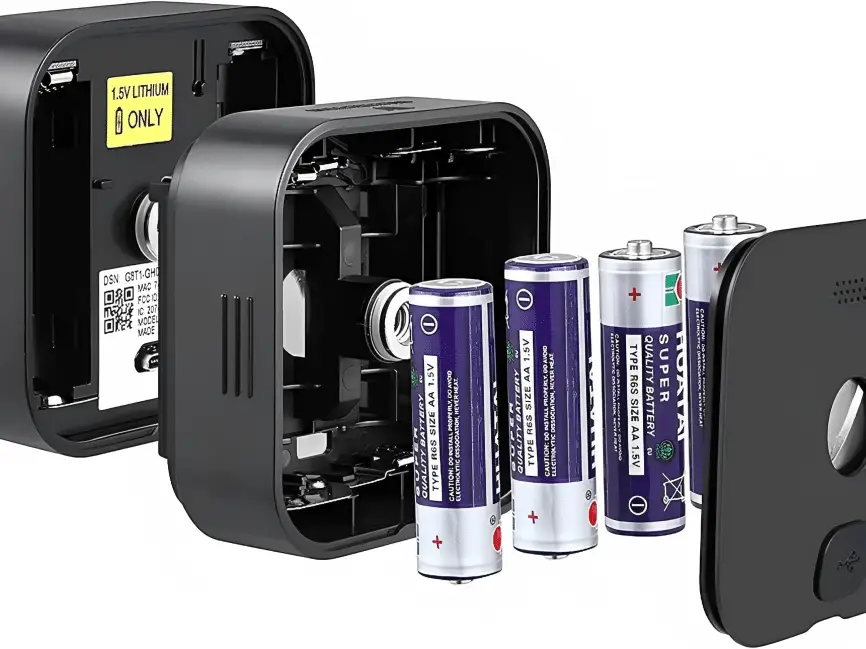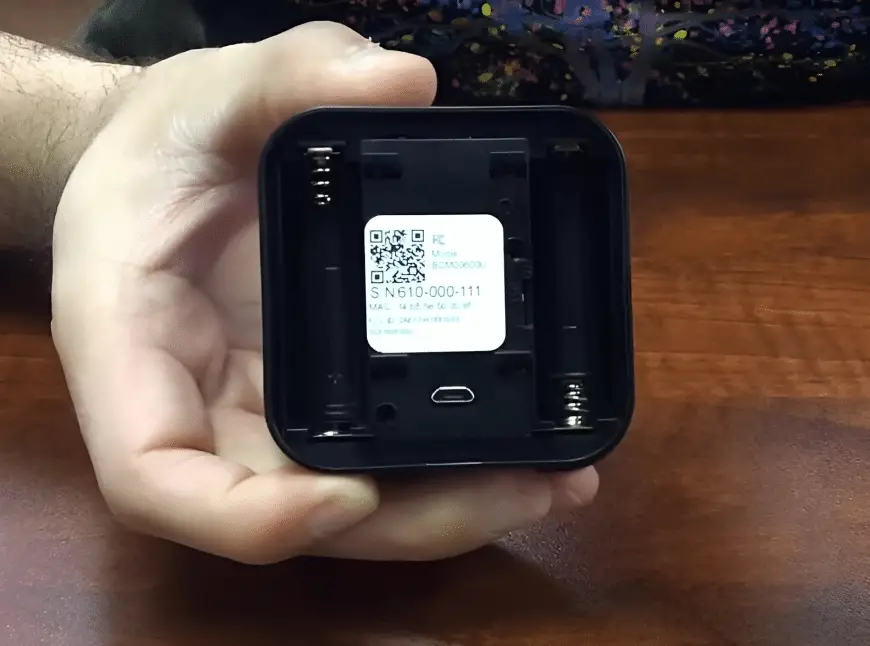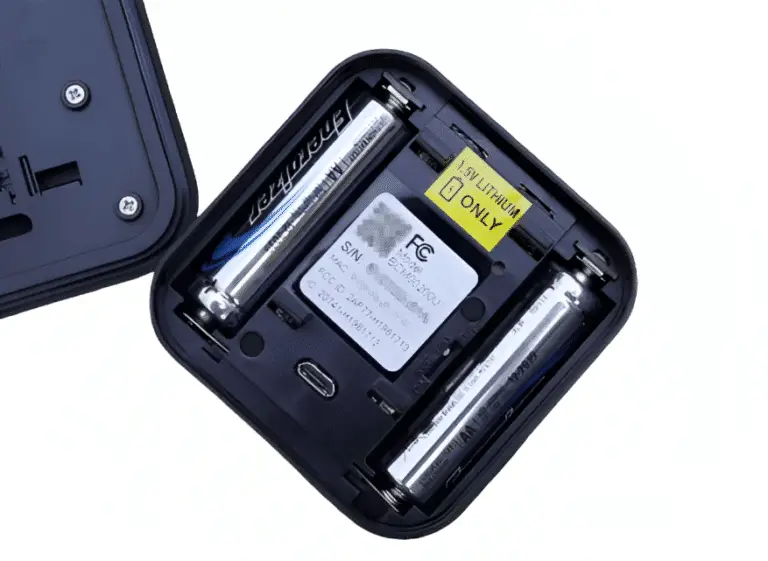Introduction
How Long Does Blink Camera Battery Last: In an ever-evolving world of smart home technology, the rise of wireless security cameras has transformed the way we protect our homes and loved ones. Among the pioneers of this revolution is Blink, a leading brand that has gained popularity for its efficient and user-friendly wireless security cameras. One of the most crucial aspects of any wireless camera is its battery life, as it directly influences its effectiveness and usability.
The longevity of a camera’s battery is a pivotal concern for homeowners seeking a hassle-free and reliable security solution. Understanding how long the Blink camera battery lasts is vital for making informed decisions about home security setups and ensuring continuous monitoring without interruptions. Through a comprehensive analysis of the camera’s features, power-saving mechanisms, and real-world usage scenarios, we aim to provide users with valuable insights into maximizing their camera’s battery efficiency.
The study also explores the different Blink camera models available in the market and their respective battery capacities, shedding light on how specific configurations can impact performance. Additionally, we will explore best practices and practical tips to extend battery life, such as optimizing motion detection settings, using power-saving modes, and exploring alternative power options. Furthermore, this research seeks to address common misconceptions and limitations associated with wireless camera batteries, empowering users to make informed choices tailored to their unique security needs.

How long do the batteries last on Blink camera?
Up to two years
Battery life of up to two years is expected based on default settings.
Blink cameras have long battery lives to provide continuous observation without recharging.
The average Blink camera battery life is several months to over two years. Motion-triggered recording frequency, live streaming usage, and wireless signal quality affect duration. Higher resolution and more frequent recordings might drain batteries faster.
Blink cameras save power to extend battery life. They sleep in low-power mode when not sending or recording data. The cameras immediately switch on when they detect motion, saving power while not in use. Adjusting motion perception settings might help boost battery life. Users can save electricity by changing the camera’s sensitivity to turn it off when not needed.
Do Blink cameras run out of battery?
If you’ve received a notification saying that one or more of your cameras have high usage, this means that you won’t get the expected 2 year battery life that Blink cameras offer. High usage means that the amount of motion clips recorded and Live View used is causing the batteries to deplete quicker than expected.
Yes, Blink cameras do eventually run out of battery, as they rely on battery power for their operation. Variables such as camera model, usage habits, and environmental considerations all contribute to how quickly the batteries drain.
Blink cameras rarely need chargers because their batteries last long. Low-power standby settings save electricity for inactive cameras. Modern electronics save electricity by recording or streaming only when motion is detected.
Even though these functions save power, prolonged use and motion-triggered films might drain the battery. High quality, constant streaming, and several warnings might drain the battery faster.
Extreme temps and weather can also affect how well a battery works. For example, if you are somewhere very cold, the battery life may suddenly go down until the camera is back in a more comfortable environment. The Blink app or website generally sends alerts or notifications to users when the battery level drops to remind them to charge or replace the batteries. This proactive method makes sure that surveillance never stops, so there are no holes in your home security coverage.
How does Blink battery last so long?
This incredibly long battery life is made possible through a proprietary chip technology available only in Blink cameras. Two AA lithium metal batteries last up to two years, based on typical use of Live View, motion-activated recording, and two-way talk (only available on XT2).
Blink cameras are known for their lengthy battery lives due to their design and power-saving methods. These components work together to keep the camera running for as long as possible without charging or replacing it.
Efficient Power Management: Blink cameras have clever power management technologies that operate in low-power sleep mode when not recording or sending data. This reduces energy use during inactivity, extending camera battery life.
Motion-Triggered Recording: When they detect motion, blinking cameras turn on. This method of recording only activates the camera when motion is detected, extending the life of the battery.
Highly Optimized Hardware: Blink cameras balance performance and power consumption with energy-efficient components. This optimization keeps the camera running smoothly and saves battery life.
Smart Connectivity: Blink cameras connect wirelessly to the internet through a low-energy communication protocol. This connectivity method ensures efficient data transmission and reduces power consumption compared to traditional Wi-Fi connections.
Firmware Updates: Blink regularly releases firmware updates to improve camera performance and power efficiency. These updates often include enhancements to optimize battery usage and address any identified power-related issues.
Weather Resistance: Batteries can be damaged by being exposed to the elements, however the cameras are built to withstand the elements.

What to do when Blink battery dies?
A: The battery-operated Blink cameras are shipped with two non-rechargeable AA 1.5v Lithium batteries and they’re easy to replace when the time comes. Blink camera batteries should be replaced by Energizer Ultimate 1.5v Lithium AA batteries or the equivalent.
When the battery of your Blink camera dies, it is essential to follow the appropriate steps to ensure a seamless transition and uninterrupted home security. Here’s what you should do when your Blink camera battery runs out:
Carefully open the battery compartment and remove the old, depleted batteries from the camera. Dispose of the old batteries responsibly by following local guidelines for battery recycling. Avoid throwing them in regular household waste.
Insert new, fully charged batteries into the camera following the correct polarity. Ensure that you are using the recommended type of batteries for your specific Blink camera model. After inserting the new batteries, the camera may need to reboot. Give it a few moments to initialize and reconnect to your Blink system.
Open the Blink app on your smartphone or computer to verify the camera’s status. Ensure that it is online and functioning correctly. Trigger a motion event or manually initiate a live view to confirm that the camera is capturing footage as expected.
Keep a close eye on the battery levels in the Blink app. Regularly check the battery status to know when it’s time for the next replacement.
Do Blink camera batteries last two years?
The battery life of a Blink camera depends on several factors, such as the frequency of motion detection, the number of live views, and the temperature of the environment. On average, a Blink camera battery can last up to two years with normal usage.
Due to many circumstances, Blink camera batteries may not last two years for all users. Some batteries survive close to or more than two years, although battery life depends on usage patterns, camera settings, and ambient conditions.
To save battery life, Blink cameras have low-power standby modes and video modes that start when motion is detected. Motion-triggered events, video quality, and the strength of the wireless signal can all change how much power the battery uses, though.
Most Blink camera models have a battery life of several months to a year, depending on usage, wireless connection strength, and camera trigger frequency. Adjusting motion detection settings, using power-saving modes, and monitoring battery levels with the Blink app helps extend battery life.
How is the battery life of Blink cameras measured?
The battery life of Blink cameras is typically measured in terms of the number of seconds of video recording or the number of total minutes the camera is actively recording videos on a single set of batteries.
The battery life of a blink camera is how long it can work before it needs to be charged or changed. Several things can change this measurement:
Live streaming and videos that start when motion is detected drain batteries. Batteries die faster when they are used a lot. Setting the motion detection high can use more power because it will turn on more often.
The battery life is affected by the camera’s quality. For better resolutions, you need power. Power use depends on how far away the camera is from the sync module and how strong the wireless link is.
Extreme temperatures, especially cold ones, can hurt the performance of batteries. Several controlled conditions test the Blink camera’s battery life. The cameras are monitored till the power goes out and must be recharged. These statistics estimate battery life under various conditions.
Which Blink camera model has the longest battery life?
Blink offers various camera models with different battery specifications. Typically, the Blink XT2 and Blink Outdoor cameras tend to have longer battery life compared to other models in the Blink lineup.
The Blink XT2 camera model is known for having one of the longest battery lives among the Blink camera lineup. It Blink XT2 is a popular outdoor security camera that offers extended battery performance, making it an attractive choice for users seeking extended surveillance without frequent battery changes.
With two AA lithium batteries, the Blink XT2’s power control mechanism enables it last long without charging. The camera conserves power using low-power standby and motion-triggered video modes. This maximizes battery life.
With the Blink app, users can change the camera’s video quality and the number of times it records when it senses motion, so they can save battery life.
How can I extend the battery life of my Blink camera?
Adjust the motion detection sensitivity: Lowering the sensitivity level can reduce the number of false motion alerts and recordings, thus conserving battery power. 2. Set a shorter clip length: By reducing the duration of recorded clips, you can minimize the camera’s power consumption.
To save electricity during data transfer, place the camera where Wi-Fi signals are strongest.
Blink camera battery life must be extended for reliable home security. These strategies and best practices can improve camera performance and battery life.
Lower the motion intensity to stop it from activating when it’s not needed. This saves battery life by not recording motion events that aren’t important.
Reduce camera video resolution to save processing power. A reduced resolution provides acceptable image quality for monitoring while using less battery.
Use Blink’s “Power Save” mode to save battery life by decreasing camera wake-ups. Avoid false triggers from trees and autos by properly placing cameras. Focusing the camera on relevant regions eliminates needless recordings.
Schedule camera activation for nighttime or away-from-home times to reduce monitoring and save battery power. High-quality lithium batteries last longer than alkaline cells and are preferable for outdoor use. To avoid power usage from struggling to connect, place the cameras near a strong Wi-Fi signal.

Conclusion
The usefulness and dependability of Blink cameras depend on their battery life. This study illuminated battery lifetime factors and performance optimization methods. Blink cameras are a versatile and convenient home security alternative that can monitor different regions without wires. How well users manage and maximize battery life determines their efficacy.
The duration of Blink camera batteries varies across different models and configurations, and understanding these variations is crucial in selecting the most suitable camera for specific monitoring needs. By opting for higher-capacity batteries or implementing energy-saving features, users can significantly extend the camera’s operational life between charges. Moreover, our exploration of best practices has shed light on simple yet effective strategies for enhancing battery efficiency.
Adjusting motion detection settings, enabling power-saving modes, and researching alternative power sources prolong camera operation and reduce downtime. Users must balance battery life and security camera functionality. To avoid surveillance disruptions, monitor battery levels and charge often. Wireless security cameras like Blink will get better battery life as technology advances.

